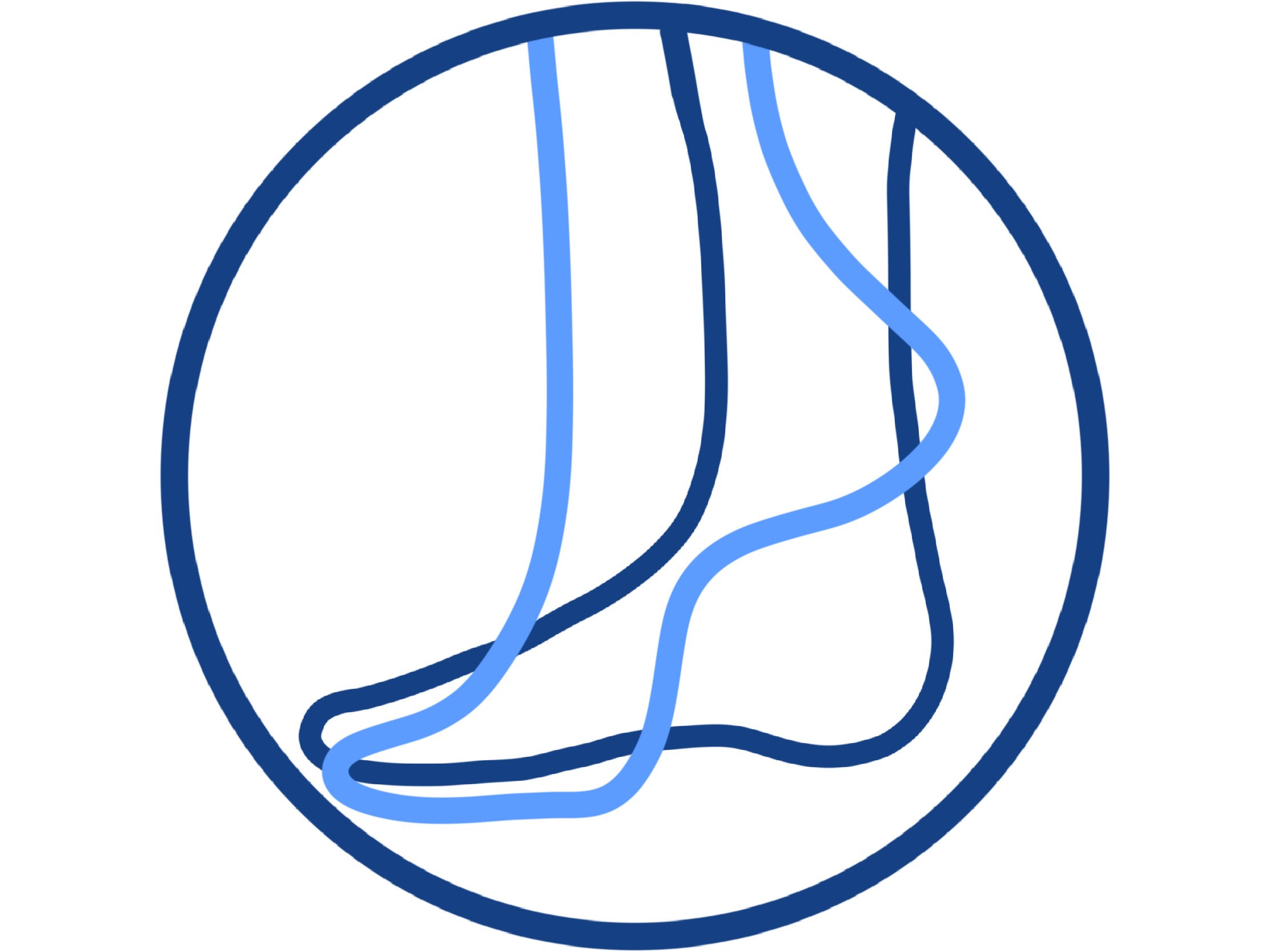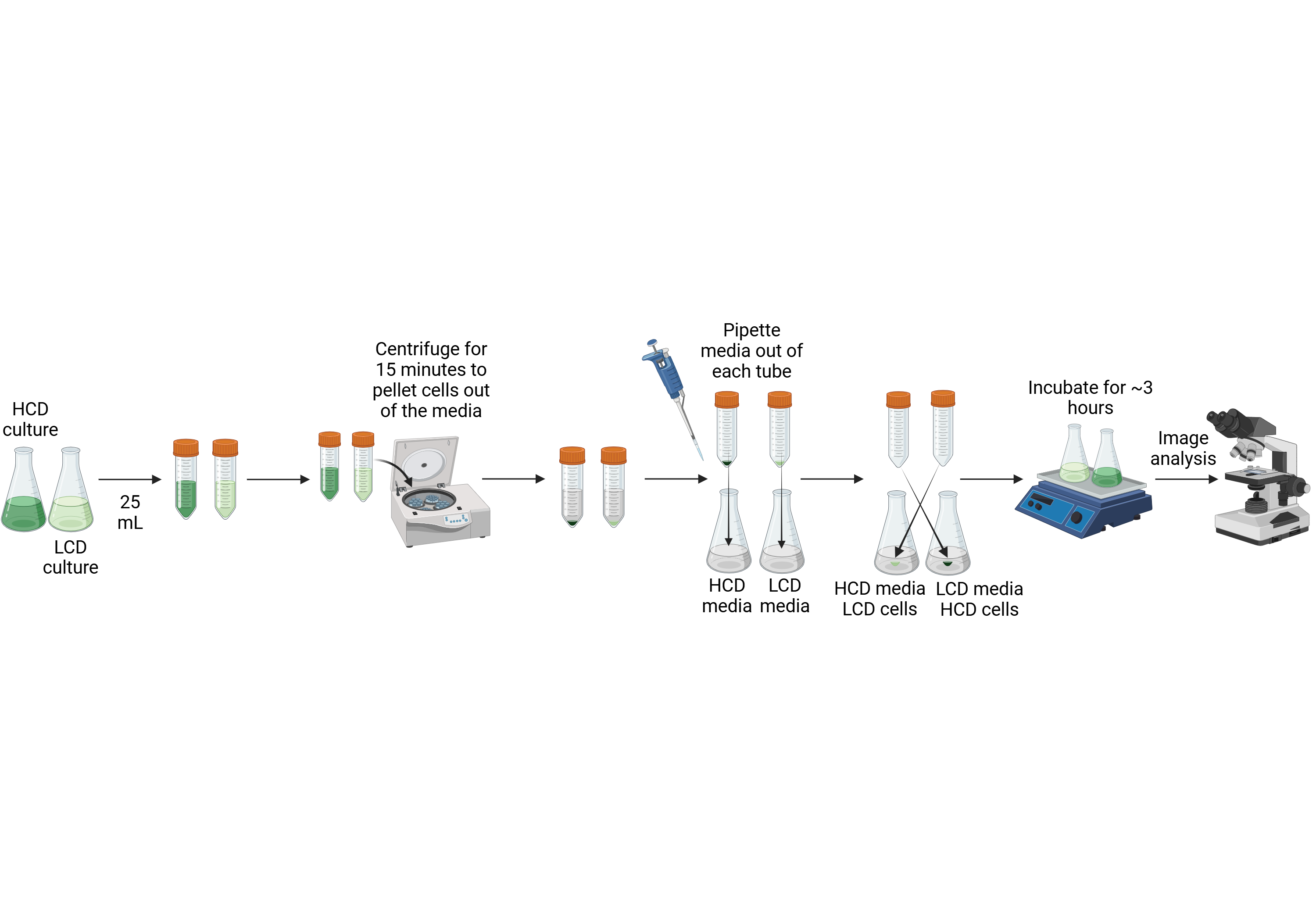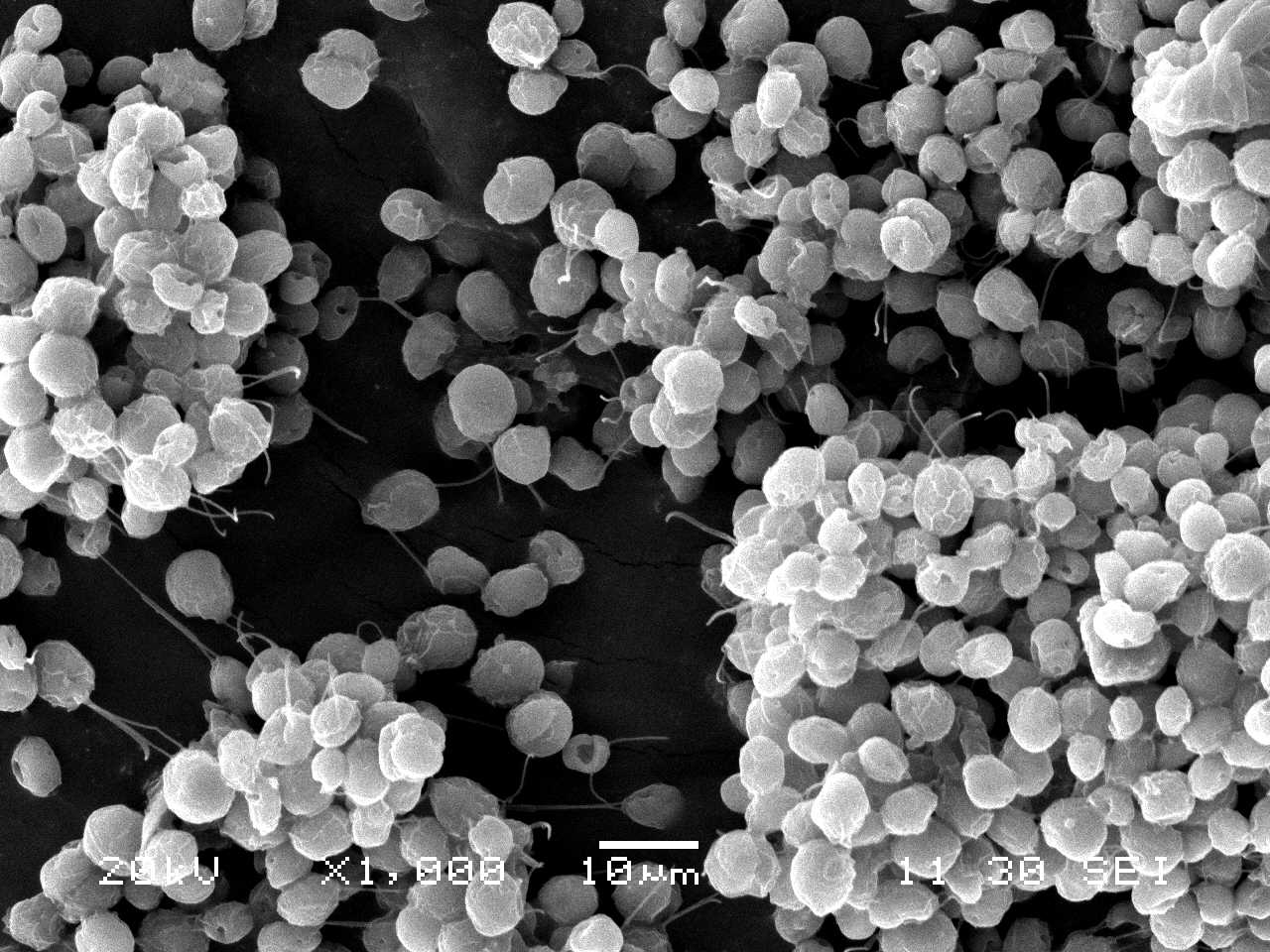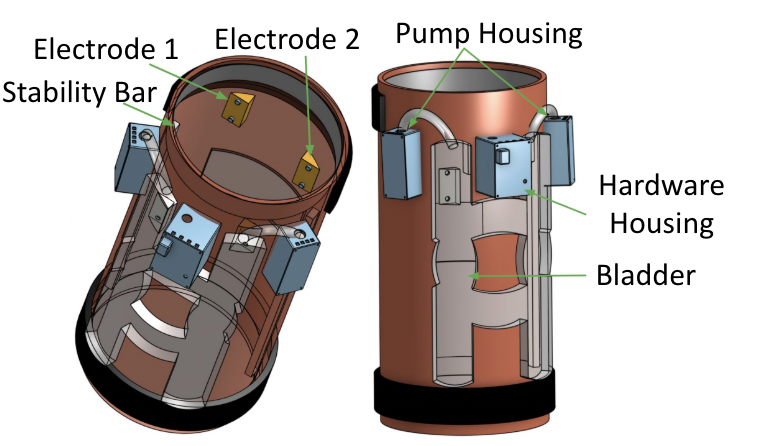
Team Leader(s)
Alec Anzalone
Team Member(s)
Alec Anzalone, Kiera Ceely, Cianna Grummer, Bela Perdomo, and Caleb Phillips
Faculty Advisor
Dr. Linxia Gu
Secondary Faculty Advisor
Dr. Philip Chan
SmartStride File Download
Project Summary
SmartStride is a wearable technology designed to support the rehabilitation of individuals with Idiopathic Toe Walking (ITW), a condition where individuals habitually walk on their toes without a clear neurological or orthopedic cause. If left untreated, ITW can lead to long-term gait abnormalities and muscle issues.
The SmartStride system integrates Electromyography (EMG), Inertial Measurement Units (IMUs), and machine learning to track and analyze gait patterns. Data collected from sensors embedded in a compression sock is transmitted via Bluetooth, and then the data is run through a machine learning model on the Raspberry Pi 5 to classify severity, and displayed and stored using Amazon Web Services (AWS). This platform allows clinicians to monitor patient progress remotely, view session data, and make informed treatment decisions based on objective biomechanical insights.
Our team developed a functioning prototype that includes modular sensor housing, wireless communication, and an intuitive web interface for both patients and clinicians. By enabling session-based monitoring and data-driven analysis, SmartStride provides a more accessible and personalized approach to ITW rehabilitation.
Project Objective
The objective of this project is to design and develop a wearable rehabilitation system for individuals with ITW that enables monitoring, quantitative gait analysis, and remote clinician access. The system uses Electromyography (EMG) and Inertial Measurement Units (IMUs) to collect muscle and motion data, which is processed using machine learning algorithms to identify abnormal gait patterns. A secure web-based platform supports clinician-patient interaction by displaying session data and progress metrics, facilitating personalized, data-driven treatment plans aimed at improving rehabilitation outcomes.
Manufacturing Design Methods
The manufacturing of this device was focused on the ease of production, interchangeability, and consumer/patient use. This was accomplished through the leveraging of additive manufacturing and commercially available parts. First, to allow a single device for multiple age ranges, a soft spandex compression sock was used to stretch and expand, allowing for various sizes of feet to work with this device. To account for the changing dimensions permitted by the compression sock, Velcro was used to reposition sensors to ensure dimensional accuracy between trials. From a manufacturing standpoint, additive technologies were used to create the individual sensor cases. This allowed for rapid production at a minimized cost standpoint. Additionally, it allowed for easy changes to develop the final sensor case design. Finally, using commercially available parts allows for easy swap and integration. Due to the simplified electronic design, the cost stayed low and can be easily repaired.
Analysis
We successfully developed a wearable rehabilitation device that combines Electromyography (EMG) and Inertial Measurement Unit (IMU) sensors to monitor gait in individuals with Idiopathic Toe Walking (ITW). The system offers a data-driven approach to assess rehabilitation progress by capturing and analyzing muscle activity and movement patterns. To support clinician engagement, we created a user-friendly web interface that visualizes patient data and tracks progress over time. Additionally, the device was designed with customizable sensor placement, allowing it to adapt to various users and ensure accurate data collection.
Future Works
Incorporate haptic feedback into the device for faster rehabilitation. As well as collaborate with the Scott Center on campus to integrate the project with patients suffering from ITW.
Acknowledgement
A sincere thank you to Dr.Linxia Gu, Mohamed Ahmed, and Michael Grillo for their support and help throughout our project creation.







